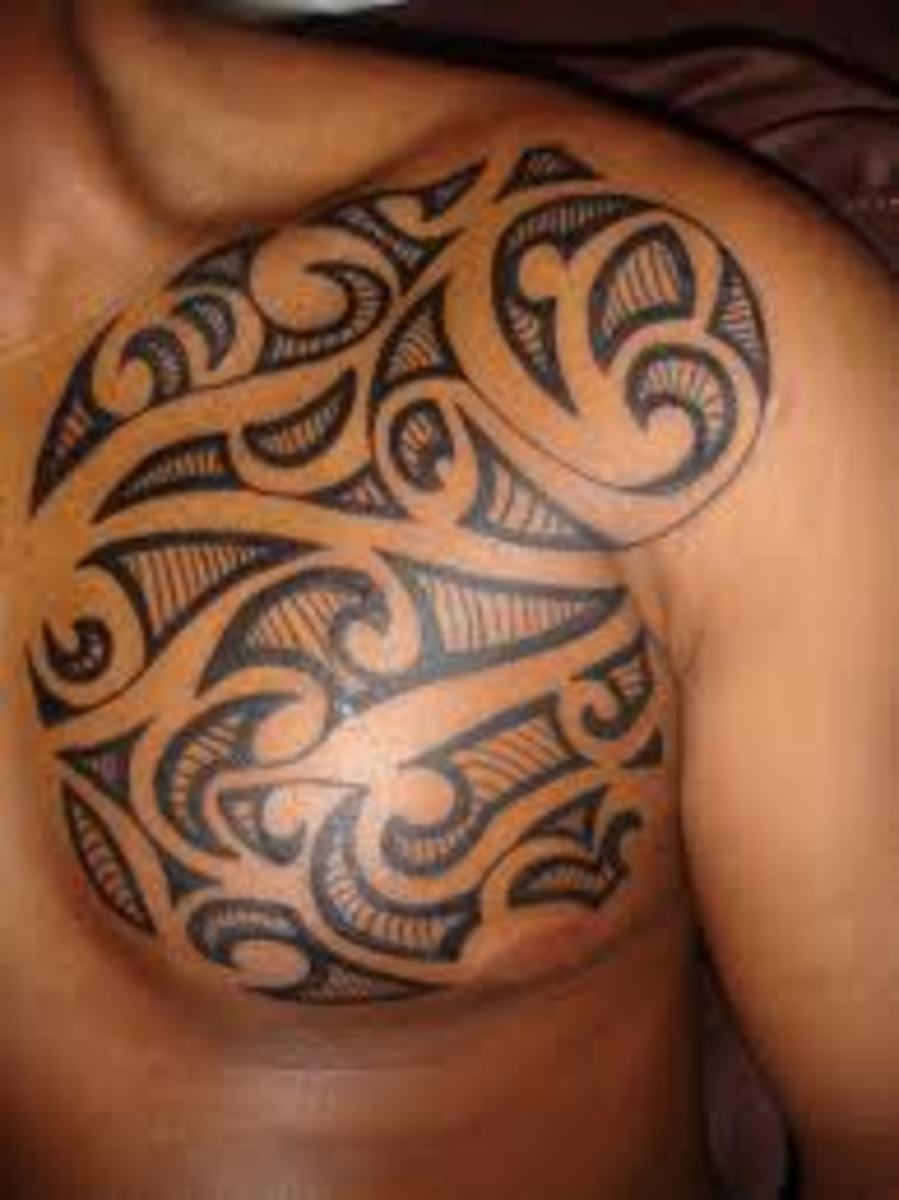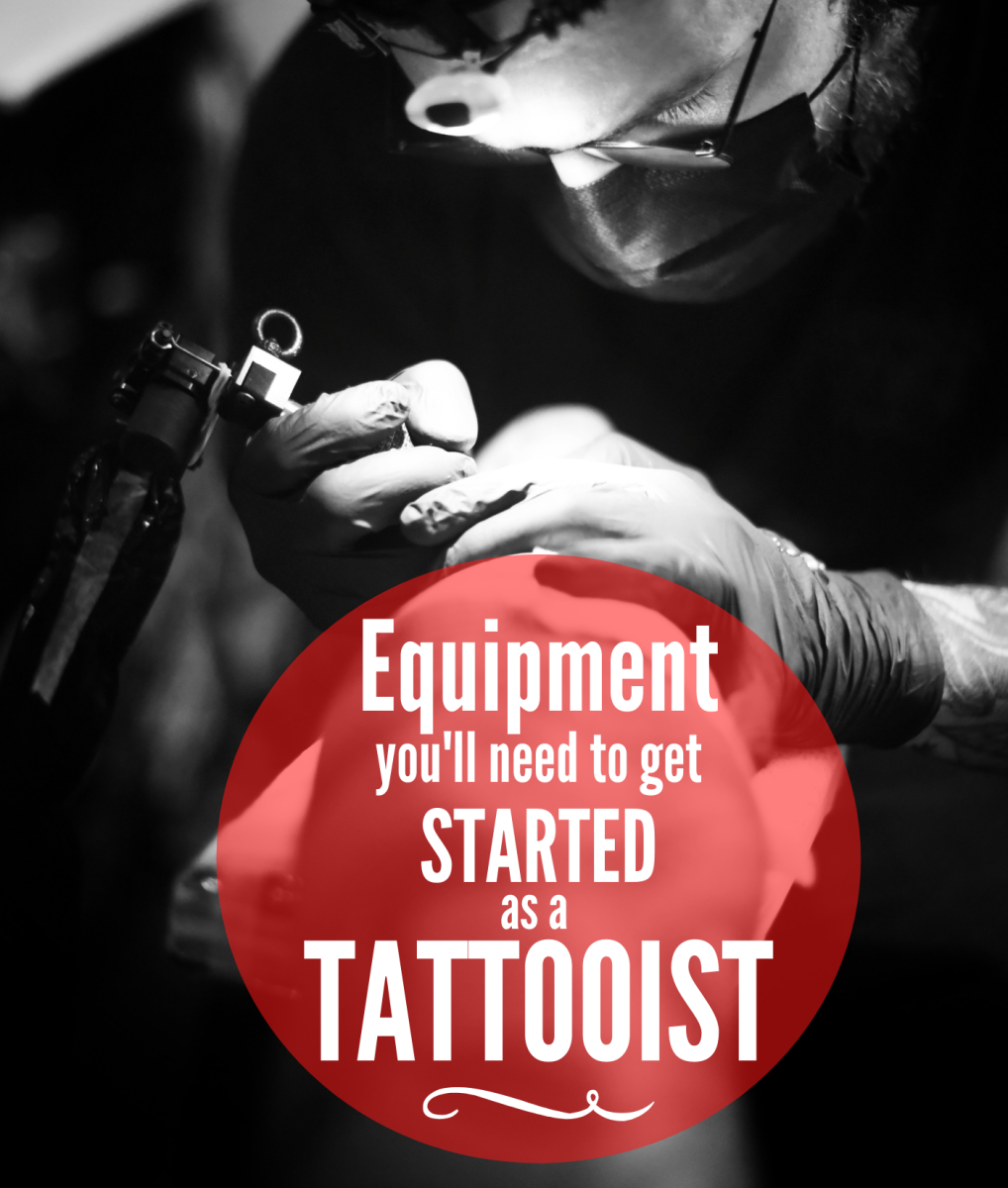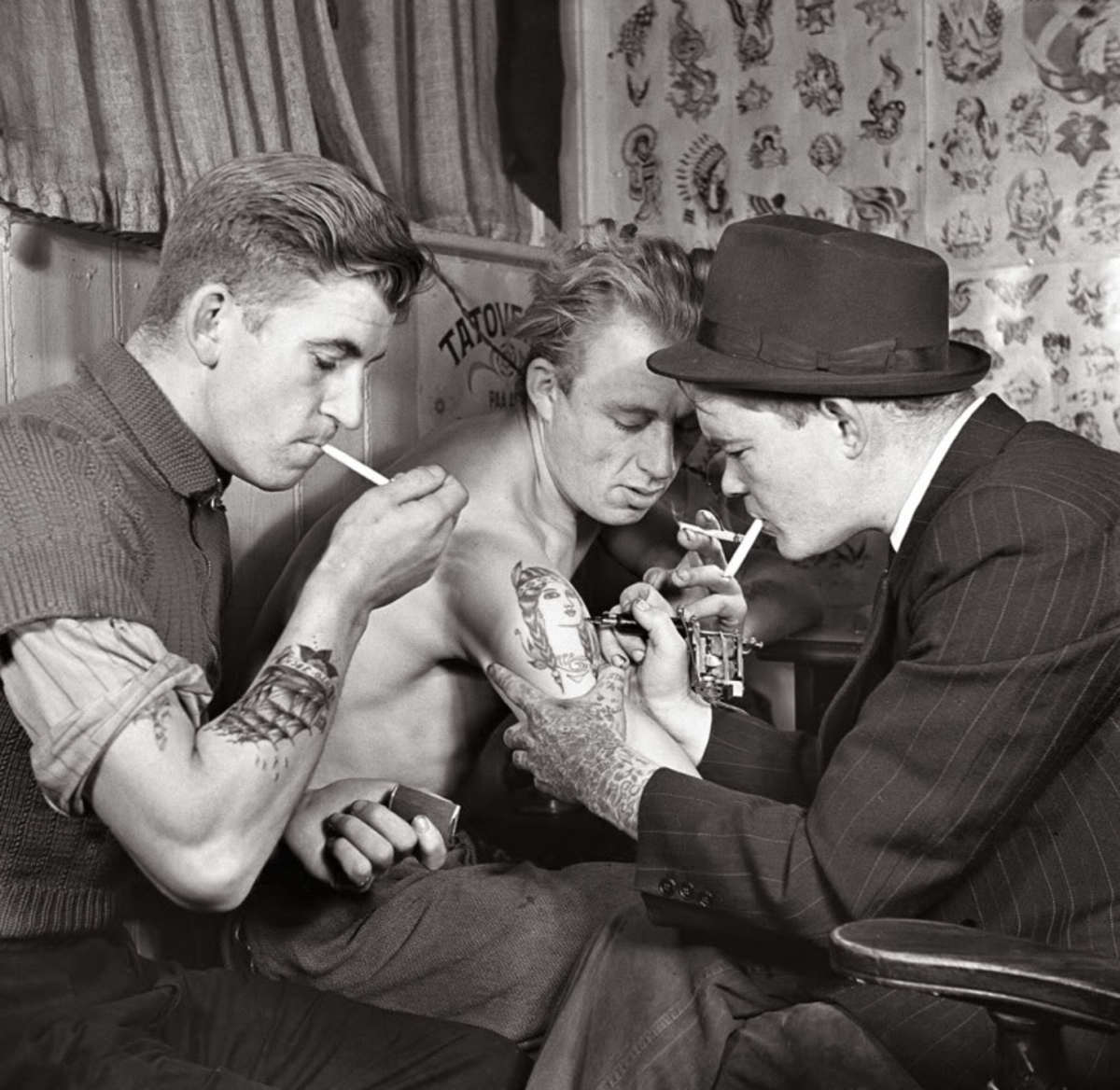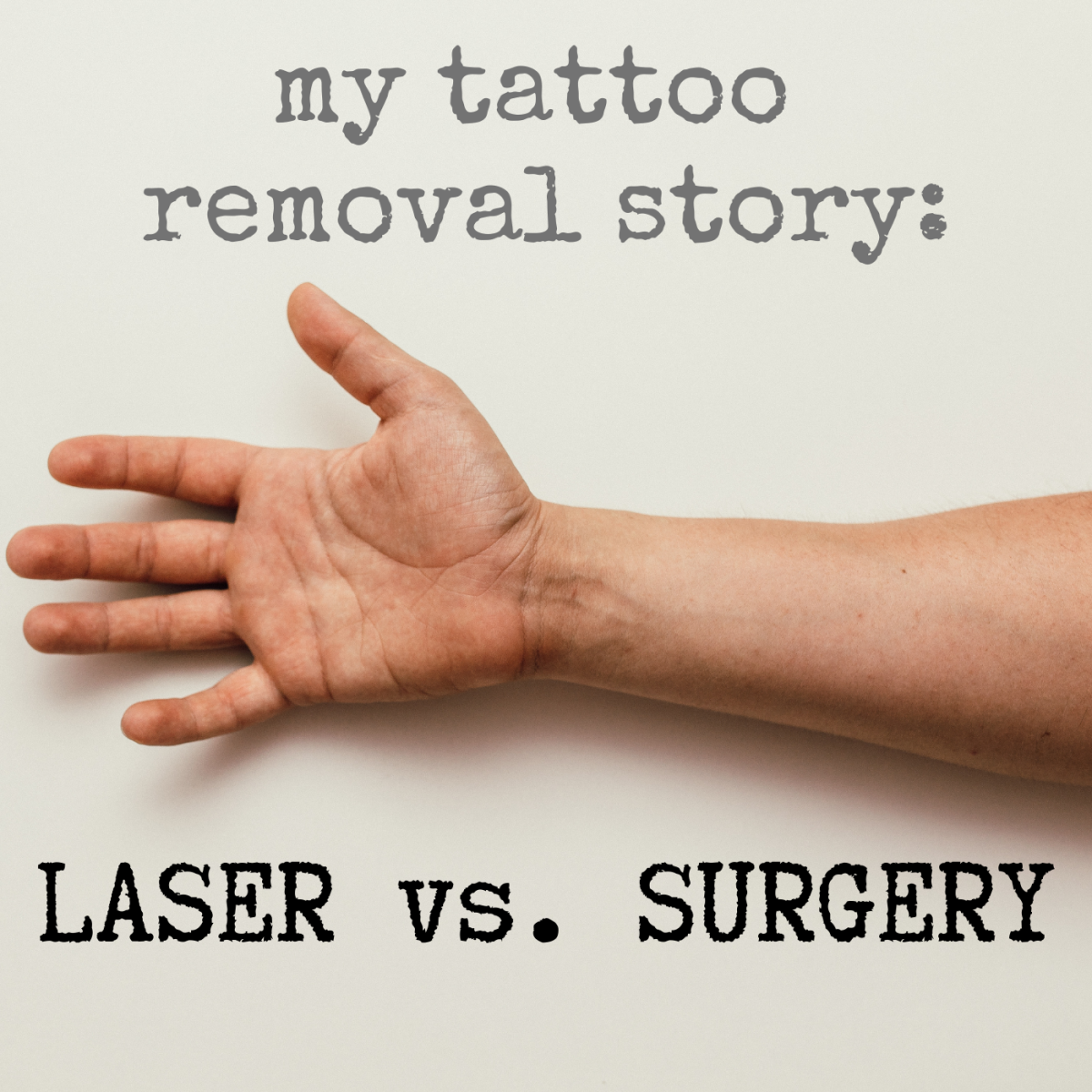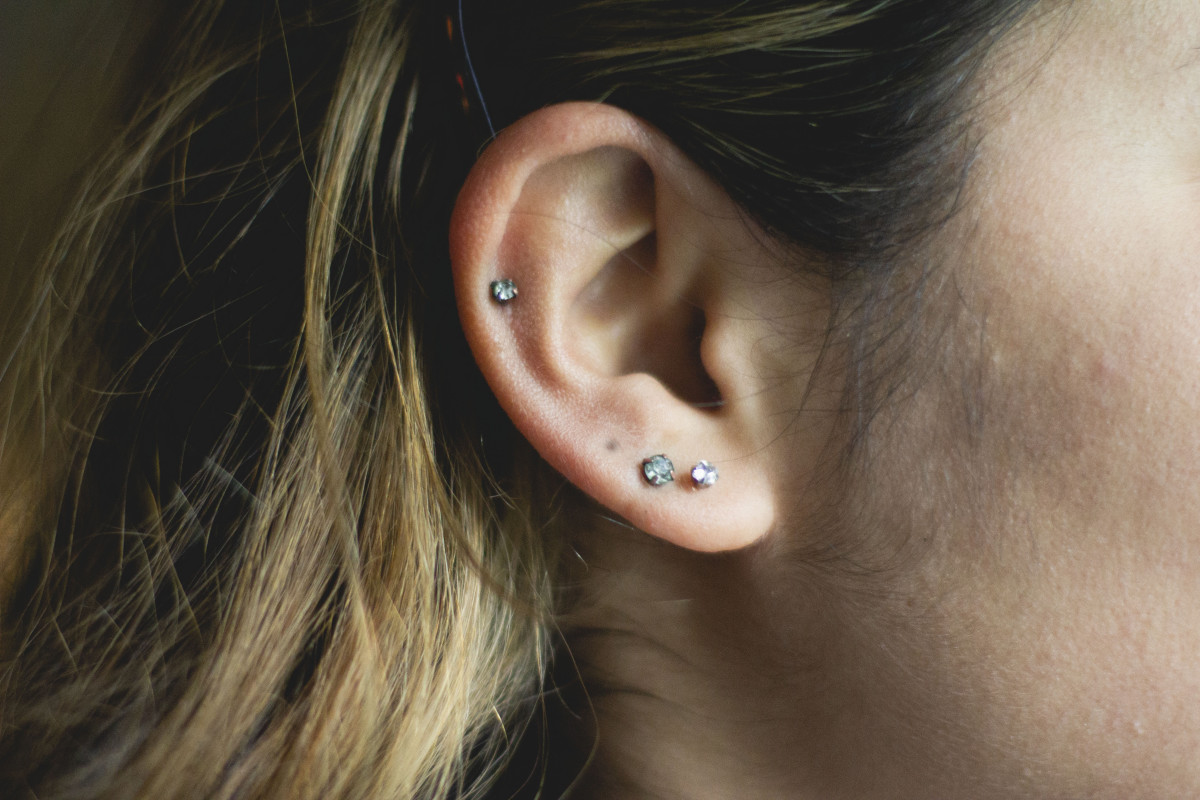The Art and History of Tattooing
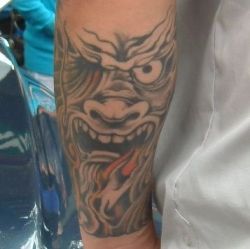
Tattoos have never been as popular in American culture as they are right now
Tattooing is the form of skin art where pigment is permanently deposited below the skin surface, either by hand or machine methods. The methods were entirely done by hand until the late 1800s when the electric tattoo machine was invented. It's changed very little in the time period since.
This practice has been found all over the world during the last few thousand years, but it's only been in the last 100 years that it has become a practice found regularly in both Eastern and Western cultures. Interest in and acceptance of tattooing began to move into mainstream American culture in the 1960s and has been increasing steadily ever since.
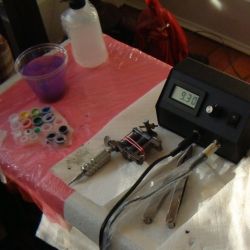
How Tattooing Is Done
the word comes from the Tahitian "tatu" meaning "to strike"
Tattooing is a skin marking process whereby a motorized needle makes a hole in the skin and leaves a deposit of ink that will stay permanently. The ink is not injected. The tattoo machine has a solid needle or needles inside a tube and it is repeatedly dipped into ink. It's like a cross between a quill pen and a sewing machine. The phrase "pushing ink" comes from a description of this action. The needles makes a shallow puncture, generally just to below the outer skin layer, the epidermis, and down into the dermis. The ink then runs into the hole and is healed in place by the body.
For the majority of its existence, in order to tattoo someone or tattoo yourself, the tools were sharpened hand-manipulated needles. In the late 1880s, the first electric-powered tattoo machine was invented in England. It was finally at that time that tattooing really started to be explored in Western culture, and the presence of it and interest in it have grown over the last century.
The term "tattoos" are mistakenly applied to painted on forms of skin art, which naturally wear off or shed with the outer skin layer. This generic use as meaning "any skin art" can be found with painted henna and theatrical tattoos that are either stick-on or hand-painted.
Tattooing In America
The tremendous popularity of tattooing in Western culture sort of belies the fact that we have come late to the history of tattooing when you look at the practice in the history of the whole world. The tribal people of of the South Pacific cultures practiced some of the most extensive tattooing, and it was contact with these people by sailors in the 1700s that really brought tattooing to light in the European world.
Tattooing really started in American around the turn of the 20th century and has been slowly but surely been moving into the cultural mainstream for the last 60 years. Geographically-speaking, tattooing is more well-accepted or more popular along both Coasts of the US, more so than it is in the Midwest or along the Bible Belt.
MIAMI INK - life in a West Palm Beach tattoo parlor
MIAMI INK is set in the West Palm Beach tattoo shop run by Ami James. It follows the stories of the different tattoo artists who work there as well as featuring the stories of various customers who come into the parlor.
Get episodes for immediate download and start watching today!
How to Pick a Tattoo Artist - Finding the right match for you

One of the biggest challenges in tattooing is finding a good artist. It's a lot like picking a doctor or hairdresser. You really need someone who feels right for you and it's worth it to take the time and learn about an artist before making your decision.
- Word of Mouth - this is the #1 way to find a good tattooist. Nothing beats a personal recommendation. (hey, you're here at Squidoo, right?) Note that one person's idea of a good artist is not always anothers, so try to talk with your friends to find out why they like their tattoo artists.
- Art Style - some tattoo artists make a certain tattoo style a mainstay of their work. If there's a certain style of tattooing you are looking for, you might want to take the time and effort to go to someone known for just that.
- "Celebrity" artists - some people are drawn to seek out a certain tattooist due to their reputation or because it's the same artist who tattooed someone famous.
- Here and Now - this is the favorite method of sailors, college students and drunks. Some people purely go to a certain artist as that is the only person in the area. It's hit or miss, either the local tattooist is good, or they aren't.
LA INK - see how they ink it on the West Coast
LA INK is the spin-off from MIAMI INK, and is set in Los Angeles in the shop of Kat Von D.
Download episodes and start watching right now!
Getting New Ink...
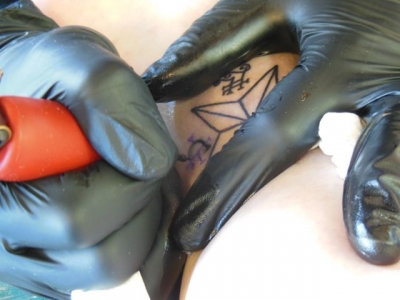
PRISON BREAK
if you like your TV tattoos to be fictional but dramatic, be sure to check out PRISON BREAK. Michael Scofield is determined to save his brother, who he feels was framed. Working for the firm that designed the prison where he brother is being held, he gets an elaborate upper body tattoo that incorporates hidden details to help his brother escape and then gets himself sent to prison to help him break out.
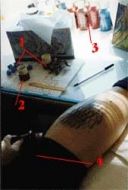
The Nuts and Bolts of Tattooing
What is all that stuff anyway?
Here's a picture from when I was getting the backs of both my calves tattooed. I did them about three weeks apart, done by the same tattooist. It was summer so I could wear shorts a lot, but I had to take extra care not to get my legs sunburned at all, as it's even more damaging then usual to tattoos when they get burnt when they are new.
You can see most of the equipment required for tattooing in this photo.
1. Disposable ink cups - these are tiny plastic cups or larger paper cups that hold the ink that the artist is using for your tattoo. These are essential in that this way, each client gets ink uncontaminated by anyone else's blood. If the artist isn't using an ink arrangement like this, don't get tattooed at that tattoo studio.
2. Vaseline, once again in a disposable cup. The tattooist will smear this over the working area. This slows the bleeding down to tiny seeping droplets, which they wipe off repeated as they work. This is part of what hurts about tattooing, wiping the raw skin surface repeatedly.
3. Ink stock bottles. These are the basic tattoo ink colors, and mixing drops of these together, or thinning with water is how tattoo artist make different colors.
4. The tattoo machine. This piece of tattoo equipment really hasn't hardly changed since it was first patented in 1891. A power supply makes a needle go up and down in a tube that's dipped in ink.
More Tattoo Information
Here are some more web pages that talk about tattoos and tattooing.
- Ideas for Tattoos
Deciding on a tattoo design is an important decision, as the image will most likely be with you for the rest of your life. Choosing a symbol of long-term, personal significance is a great way to be happy with your tattoo forever. - Tattoo Care and Advice
Advice and tips for before you get tattooed, during your tattoo session and how to best care for your healing tattoo afterwards. - David Beckham's Tattoos
David Beckham has made as many headlines for his soccer as he has for his tattooing. See pictures of Beckham's angel and cross tattoos. - Christian Tattooing
Even though there is a passage in the Bible that speaks against tattooing, many modern Christians are getting Christian-themed tattoos. Learn more about the arguments for and against religious tattoos and see more of the designs and artwork. - Tattooing and Body Piercing
All about tattoos and body piercing, including tribal body jewelry, nipple shields, celebrity tattoos and more. - Angelina Jolie's Tattoos
Check out the tattoos of actress Angelina Jolie with separate arm, back and stomach photo galleries. - Tattoo and Body Piercing Supplies
Try this great resource for tattoo and body piercing suppliers, auctions of tattoo machines and supplies along with body piercing kits and wholesale body jewelry manufacturers. Also links to resources about tattoo regulations and rules regarding body





![La Ink: Series 1 - Part 1 [DVD]](https://m.media-amazon.com/images/I/51PfgdCv+AL._SL500_.jpg)




